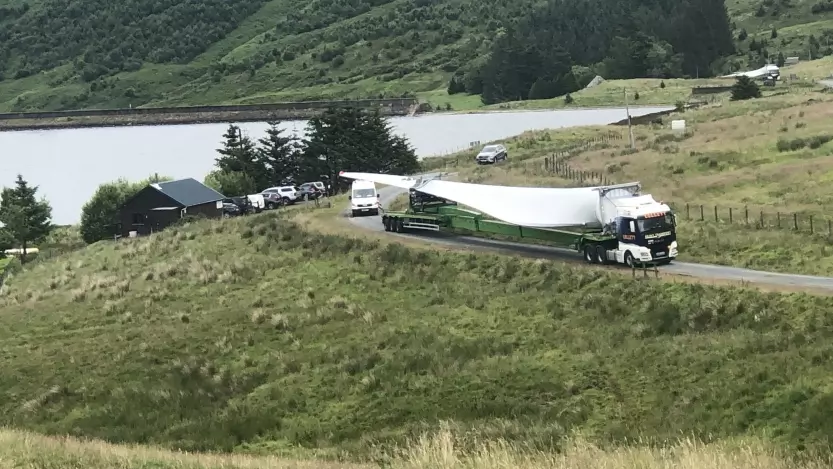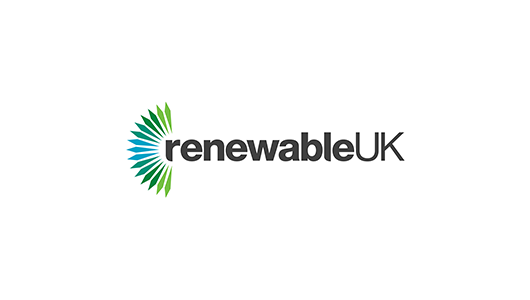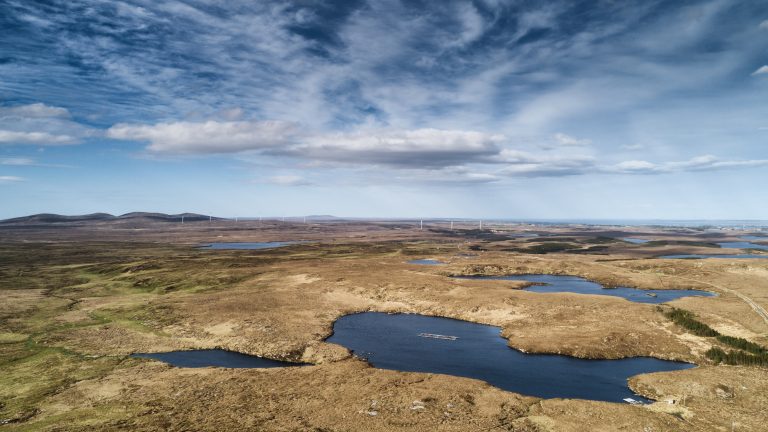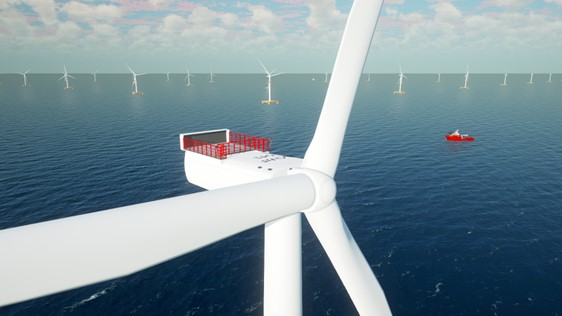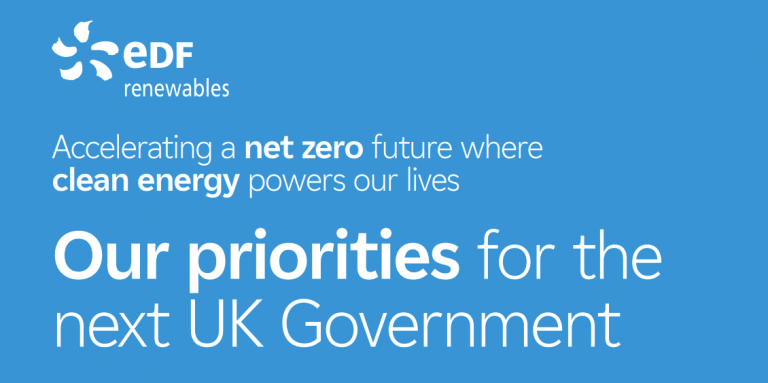
If you panic when you have to reverse into a tight spot in the supermarket car park, then manoeuvring a 55-metre long wind turbine blade on a lorry is probably your worst nightmare. It’s certainly a logistical challenge – and one that we spend many weeks, even months, planning in advance.
Mick Irving is the Site Manager at our Burnfoot East wind farm. It’s his job to oversee the build of the three new turbines we’re constructing at Burnfoot, which will together generate nearly 11 MW low-carbon electricity.
Each turbine weighs nearly 250 tonnes and is more than 120m long. So getting the turbines to the site is a major operation. And it’s why they’re delivered in separate parts – it wouldn’t be feasible to bring them pre-made onto site.
So the towers arrive as three separate sections. The three blades arrive individually – as do the nacelle, ‘hub’ and drive train for each turbine. Multiply that by three – and you have 27 separate deliveries taking place over the fortnight!
The trial run
The arrival of the turbines needs to be carefully orchestrated. Not only are the turbines very heavy and very long – even when delivered as separate components. But the site is up a steep and windy six-mile road through the Burnfoot Hills. So it’s a complicated operation getting a 55m-long lorry up to where the turbines will be based!
A trial run gives us a chance to spot any potential problems or hazards we might encounter along the way. And because we use a 55m-long lorry (minus the load) to replicate carrying a wind turbine blade – we need the support of several partners.
So our trial run in June involved two police motorbike riders – who stopped traffic on side roads to let the lorry past. A convoy of pilot vehicles from Collett – a sub-contractor to Vestas, our business partner – which accompanied the lorry all the way from Grangemouth to the site. And Vestas were on hand to assist too.

The journey up to the turbine site
The route from Grangemouth to Tillicoultry involves a dual carriageway and an A-road. When you turn off to the site, there’s a winding one-way route, which is about three miles long, up to the compound. There’s then another three miles to travel from here to the base location of each turbine.
During our planning, the main challenge we anticipated was the 90-degree bend required to cross Backhill bridge, just after you reach the site compound. The length of the wind turbine blades meant it wouldn’t be possible to do this in one turn – although the lorry could do it with the rest of the components, which are shorter.
So we installed a turning point ahead of the trail to help the driver negotiate this unwieldy bend. The alternative would have been to clear an excessive amount of earth – just to enable the lorry to make one turn! Installing a turning point meant the lorry would only need to reverse a short distance back onto the tarmacked area. Before heading in the right direction over the bridge and up to the location of the turbines.

As you can see from the pictures, the manoeuvre went really smoothly on the trial. And after a short reverse to the turning point, the driver was able to master the 90-degree bend over the bridge without any problems.

Delivering the turbines
We used our learnings from the trial run to ensure that the real thing – a couple of weeks later – ran smoothly… which it did! There were no hold-ups en route and all components were delivered on time and to schedule.
The nacelles were the first deliveries on site. So they could be prepared ahead of the rest of the turbine components arriving. Although the nacelle on each turbine isn’t long, these are the heaviest parts to be delivered: each weighing about 80 tonnes.
It’s why we had a tow truck on standby at the site to assist with pulling the lorry up the hill – which we had to do on a couple of wet days. On most occasions though, the lorries made it up to the turbine sites on their own steam.
The nacelle deliveries were followed by the blades. They’re the lightest components – each only weighing about eight tonnes. But they’re also the longest, with each blade measuring 55m. It’s why we used a 45m lorry, with a 10m overhang – to replicate the full length of a turbine blade – on the trial run. And check that the length of the blades could pass along the entire route.
Last to arrive on site were the towers for each turbine. The heaviest section is the base of the tower, which weighs 55 tonnes and is 16m long. The middle part weighs 43 tonnes and is 21m long. And the tallest and thinnest part of each tower weighs 44 tonnes and is 30m long.

Adapting to new working conditions
A challenge we couldn’t have anticipated when we first put together the work plan was Covid-19. Our priority is the health and safety of everyone involved in the trial. So we had several detailed conversations with our partners about how we’d manage this to keep all the team safe.
Everyone on site already wears the relevant PPE. But when we carried out the concrete pour, workers also wore sensors that emitted a sound whenever they got closer to one another than two metres.
And as there needed to be two people inside the lorry for the deliveries – one person to drive it and another to physically steer the trailer – they both wore masks. Since there wasn’t enough space to keep two metres apart in the cab of the lorry (as was the restriction at the time of the trial run).
We now have two sets of four workers on site and they isolate together. So they travel to site in the same vehicle and live under the same roof. Simply because it’s not possible to abide by the two-metre social distancing rules when installing the turbines.
What happens next?
The turbines are installed pretty quickly as soon as they’re delivered on site. It’s all weather dependent though. In many ways, it’s easier to work around the challenges of Covid-19 than the weather, as it can be so unpredictable! If it’s too windy, for instance, we have to wait to install the blades. But the target is to have all three turbines set up by the end of the summer. So they’re ready to generate low-carbon electricity in autumn.

